Littleleaf Sensitive Briar
Schrankia microphylla
Status: Secure
Littleleaf Sensitive Briars are flimsy vine-like plants with sprawling stems and hooked prickles, that can reach a height of about 3ft. The small compound leaves will fold up against each other when something touches them, which is why they have the word “sensitive” in their name. On top of the stems are clusters of small fragrant pink flowers that form the shape of a ball. The fruits are long slender pods covered in small prickles.

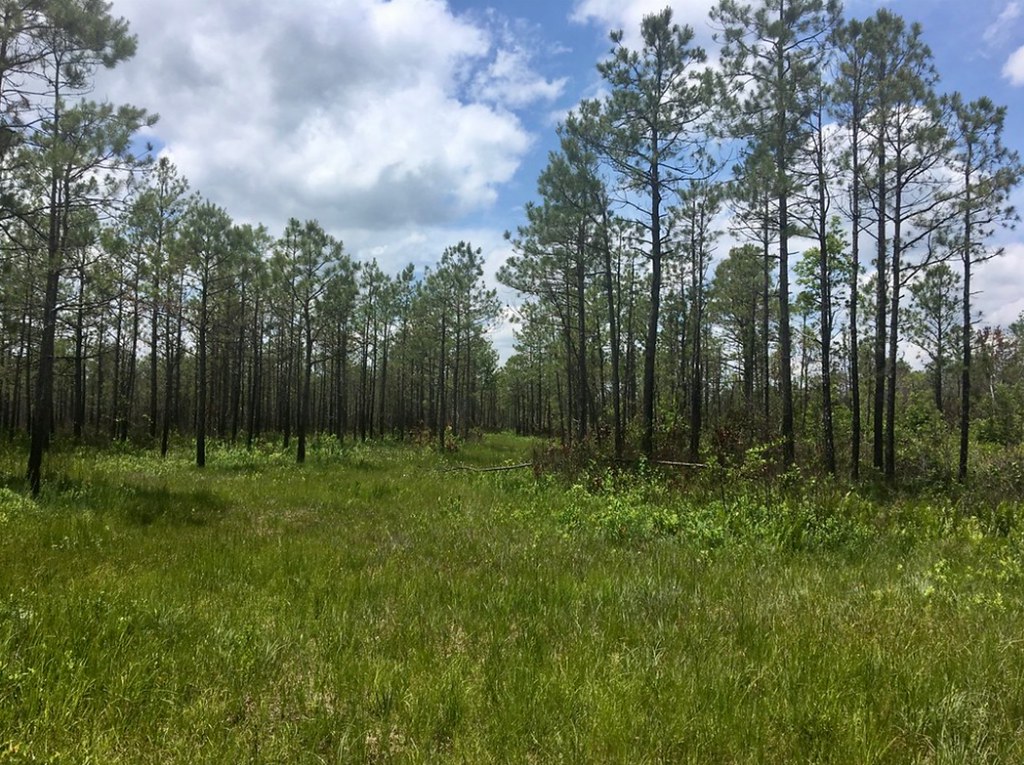
Habitat & Range
Littleleaf sensitive briars are found in the southeastern region of the U.S. from Florida to Louisiana, Kentucky, to Mississippi. Their habitat type is mostly prairies and open woods with dry sandy or rocky soil. They require full sunlight and need taller plants and trees to be spaced out to get the direct sunlight.
Food Web & Energy Flow
The Littleleaf sensitive briars contain seed pods which make them a member of the legume family. Legumes are important and can improve the overall health of the soil by adding nitrogen back into the soil. Also their roots can hold soil in place to keep it from blowing away with the wind.
Like other plants, the Little lead sensitive briar is considered a primary producer since it gets its energy directly from the sun. The pods produced are consumed by other animals.
Relationship to Fire
Prescribed fires on the forest floor help maintain a healthy soil for the Littleleaf sensitive briar. This species prefers full sunlight and without frequent fires, other plants and trees can grow tall blocking the sunlight. Although these sensitive briars prefer full sunlight, they can still grow with a little shade.
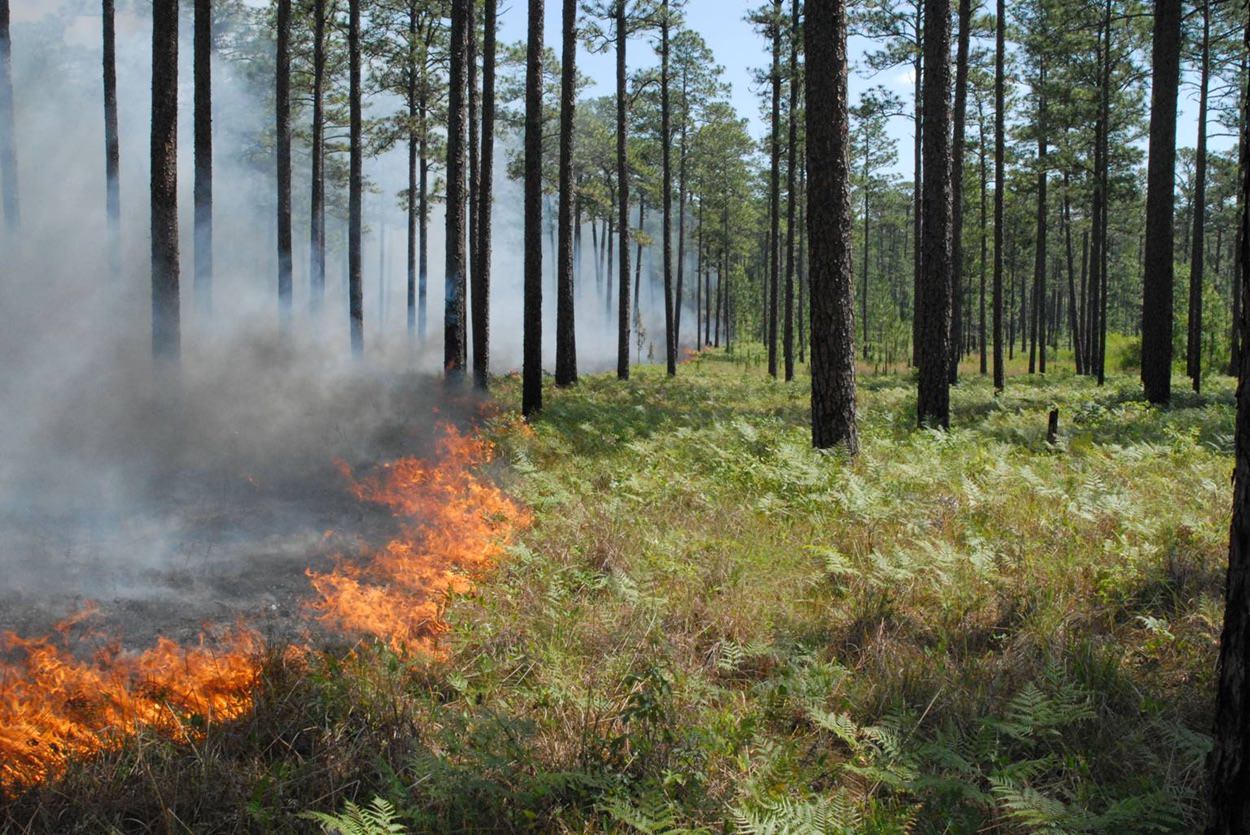
Conservation Status
The Littleleaf sensitive briar is considered Secure and is not currently under any major threats. Some states have different levels of pressure due to habitat destruction and fire suppression but they are still minor threats.
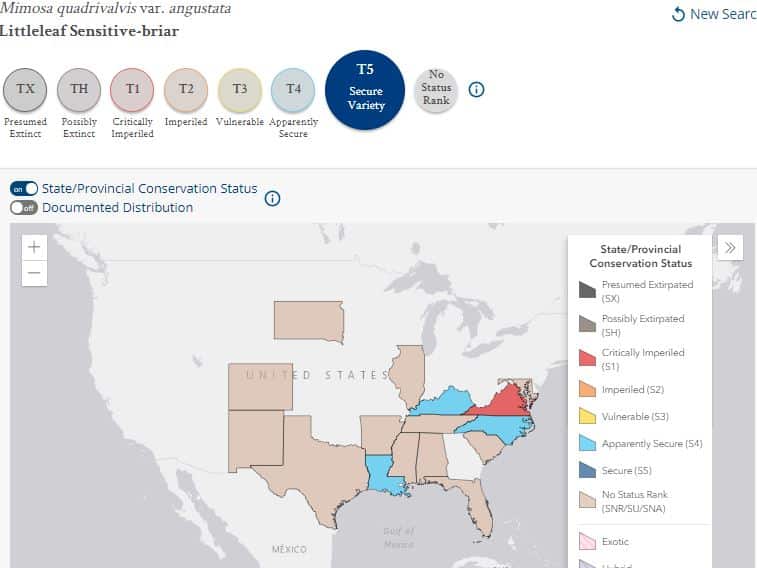
Human Impacts/ Threats
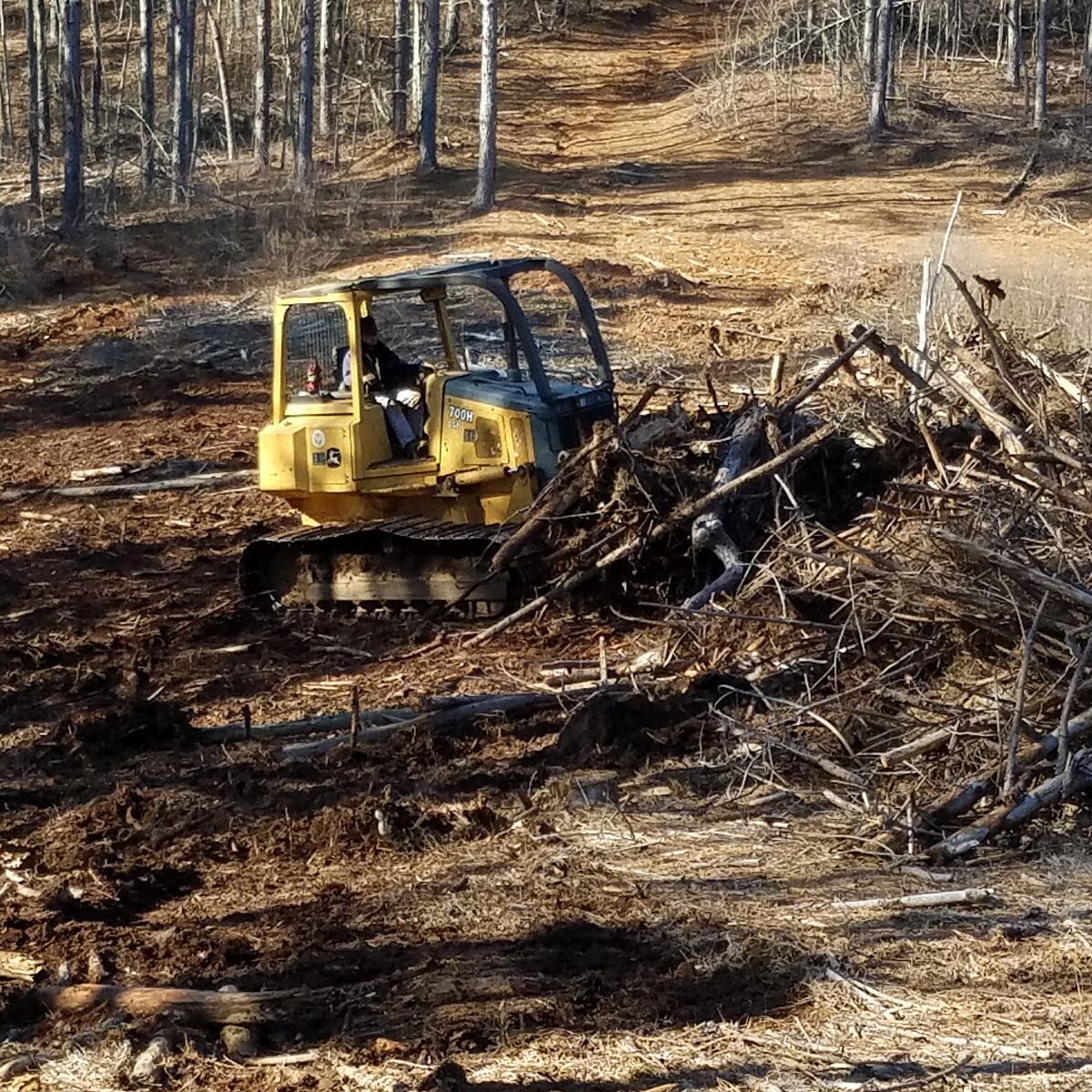
Land Use Conversion
Longleaf forests and the habitat it supports is being cleared or converted to use the land for other uses like houses, roads, agriculture, and even to grow different types of trees to sell.
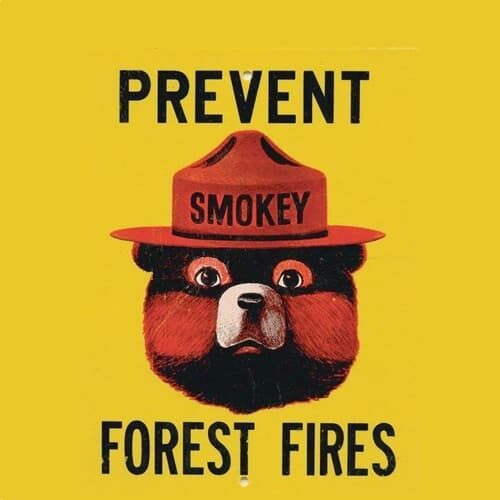
Fire Suppression
Many people think of fires in the forest as bad, so they work hard to prevent or suppress them. But longleaf forests NEED regular fire to support habitat for the species that live there!
Resources
Lady Bird Johnson - Wildflower Center. Plant Database
UBC Botanical Garden. Botany Photo of the day
